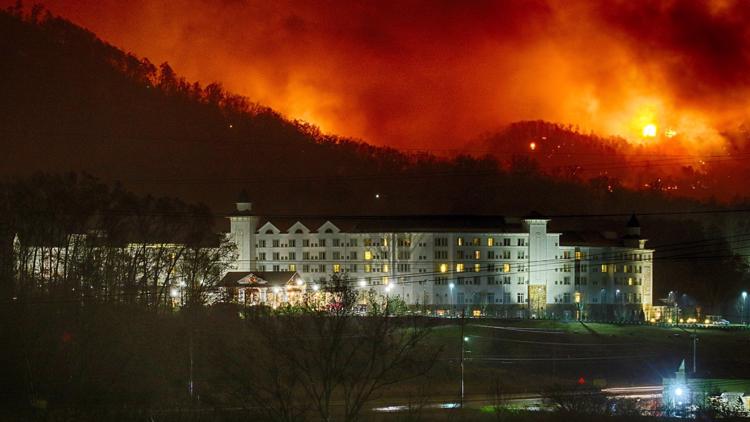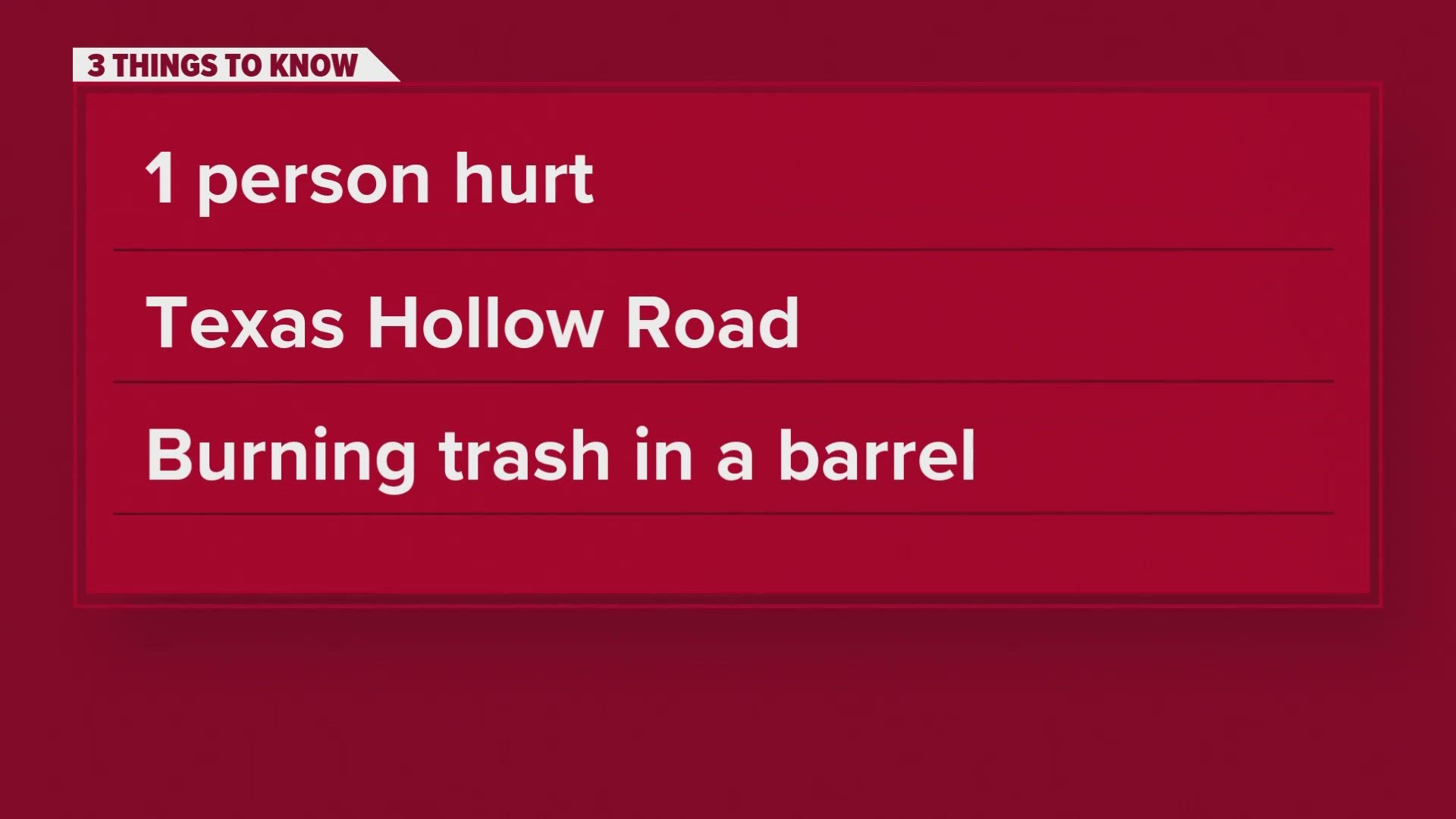A consultant is advising Gatlinburg and Sevier County to make sweeping changes to emergency and communications response practices so they can better handle another disaster of the caliber of the November 2016 wildfires.
FULL COVERAGE: Smoky Mountain Wildires
The ABS Group, which featured a team of experts with local ties, highlights 41 specific changes that the city and county can make to improve operations. Some already were underway before the report's release Tuesday, and officials say they'll consider other recommendations as they look to learn from last year's mistakes and shortfalls.
The team repeatedly praised police, fire and communications staff for the way they responded as fire moved into the city and county the afternoon and evening of Nov. 28, 2016.


Going forward, they wrote, communication is going to be critical.
For example, the National Park Service must keep agencies such as the Gatlinburg Fire Department better informed of fire threats within the park, the report states. Local fire officials weren't formally notified until it was too late and the fire already was advancing swiftly from inside the park to the town's limits.
Gatlinburg and Sevier County released the report Tuesday.
MORE: What we knew then
According to the review, other areas that need improvement include : government evacuation plans in case of disaster; communications equipment; the need for backup power sources in case a disaster cuts off normal electrical sources such as in communications centers and to pump water sources; the need for coordinated drills to help emergency official cope with a relocation; and better ways of notifying the public when a catastrophe breaks out.
The governments hired ABS Group, identified as a global risk management advisory firm, to conduct an independent review of events before, during and after the Nov. 28, 2016, wildfires swept into Gatlinburg and surrounding areas. Fourteen people died in the fire, dozens suffered injuries and more than 2,400 buildings were damaged or destroyed.
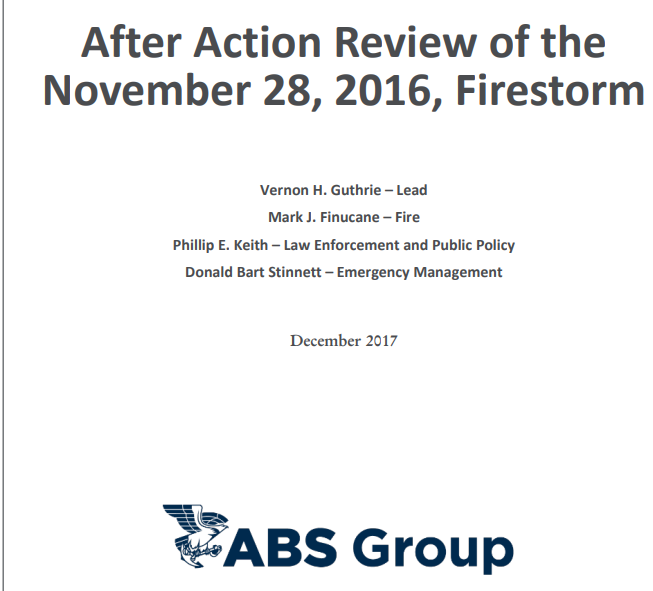
About 14,000 people were evacuated when fire hit. Damage was estimated at at least $1 billion.
ABS review participants included several experts with local ties including Phil Keith, former Knoxville Police Department chief, and Mark Finucane, a retired Johnson City fire official with decades of experience.
Read the full report here.
Specific recommendations
The group suggests numerous changes that address community responsiveness, fire and law enforcement and emergency management.
For example, the report says the city and county's emergency operations centers need to have updated computers, radio equipment and space to cope with major incidents. Officials should get a mobile command center that can accommodate multiple agencies in a crisis.
A hard look should be given to Gatlinburg's current police communications center to ensure it has enough consoles, space and training procedures when a big emergency hits. Once the wildfires advanced on the city Nov. 28, the center often found itself in crushing conditions trying to respond to public and inter-agency calls, the report found.
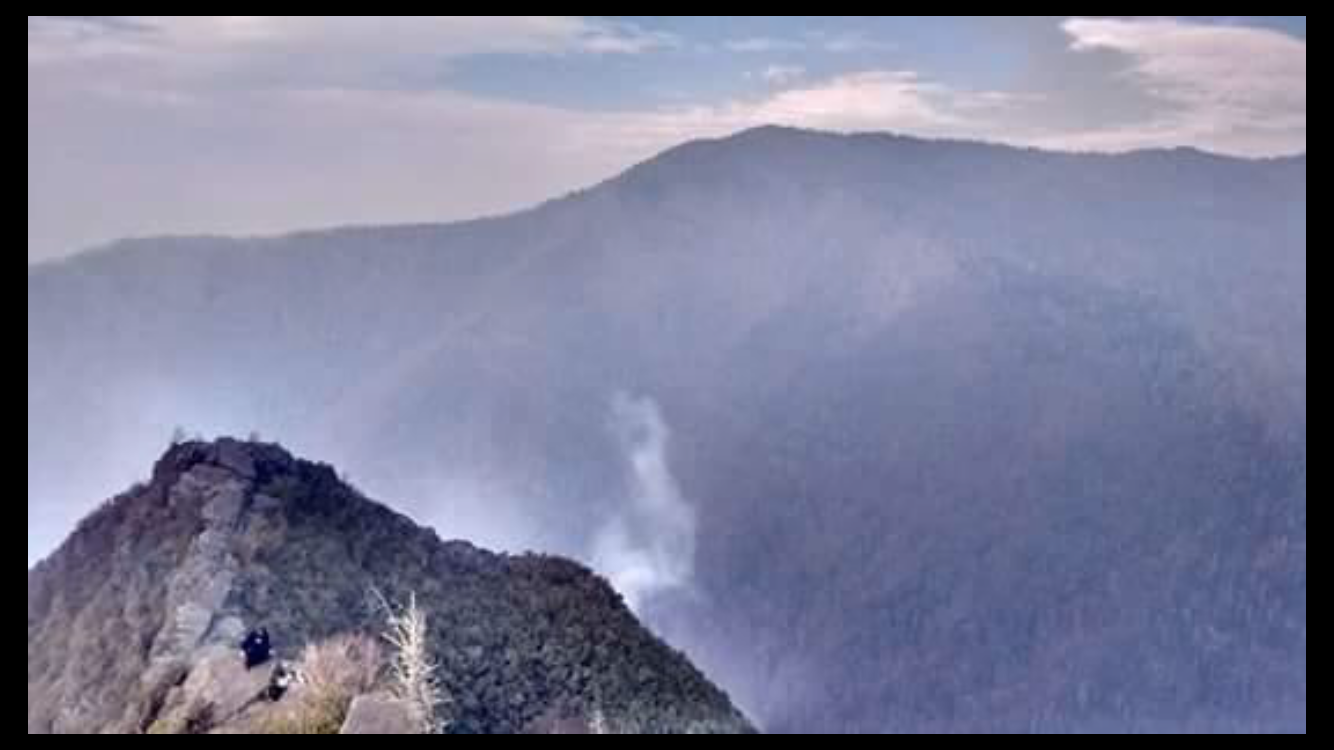
The town also should conduct a study for coordination of emergency services "to include resources needed for the technology infrastructure, continuity of operations (for all city departments) and mobile communications," the report states.
All city and county residents should receive printed information to help them prepare in case of a disaster, including maps and what to expect if they have to evacuate.
The city should also get portable generators that can be used at water pump stations if power goes out. During last year's disaster, when the power went out to a large spread area, some pumping stations stopped working.
Police also should update the city's evacuation plan to ensure people can get out in a smoother manner.
The night the fire hit, many people resisted and delayed leaving, and others became confused and stuck as to how they could get out. In addition, one route out -- through the national park -- was cut off. Another route -- on the Spur toward Pigeon Forge -- became clogged with bumper to bumper traffic.
Better signage, including portable signage, also would help disperse the masses.
The report also recommends Gatlinburg police officers be given take-home cars so that they can respond faster to future emergencies.
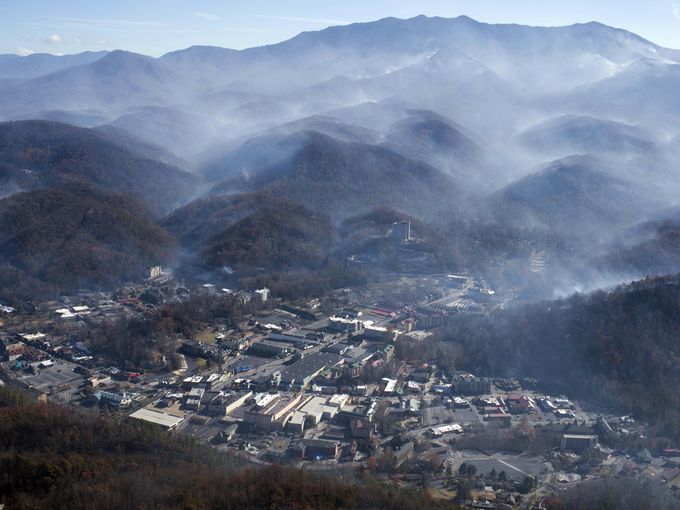
Traffic cameras at key intersections also would help police see what's happening on the street and make decisions in response, according to the report.
The ability for multiple local, state and federal agencies to communicate also is crucial, as became apparent through the Nov. 28, 2016, disaster, the team noted. Often responders from one agency couldn't communicate with another.
Recommendations to address those shortfalls include creating a "redundancy" in messaging and communications with state and federal agencies; working with the national park about perhaps installing radio repeaters in certain spots to fix radio communication dead spots; and acquiring hand-held radios so that agencies, leaders and volunteers can all talk to each other in case of emergency.
To better inform the public in the future, the group's suggestions include taking a critical look at the quality of public notification systems used by Gatlinburg and other area communities.
Also, ABS recommends governments create a communications plan that includes use of all kinds of media available - including social media - to get the word out when disaster strikes. After the disaster, many were critical that little information was distributed to the public about what was happening and how they should response. Facebook and word of mouth often were used by residents and visitors as they sought to find out what was happening in Gatlinburg and parts of Sevier County.
Government response
Generally speaking, ABS said after months of conducting interviews and reviewing documents, it wanted to offer five goals for local governments going forward: To create awareness sooner when fires break out in the Great Smoky Mountains National Park; to reduce the threat of wildfires to the city and Sevier County; to educate the public about wildfire threats and evacuation plans; to remind the public about the importance of evacuating quickly in case of a fire; and to ensure residents and visitors get out safely when an evacuation order is made.
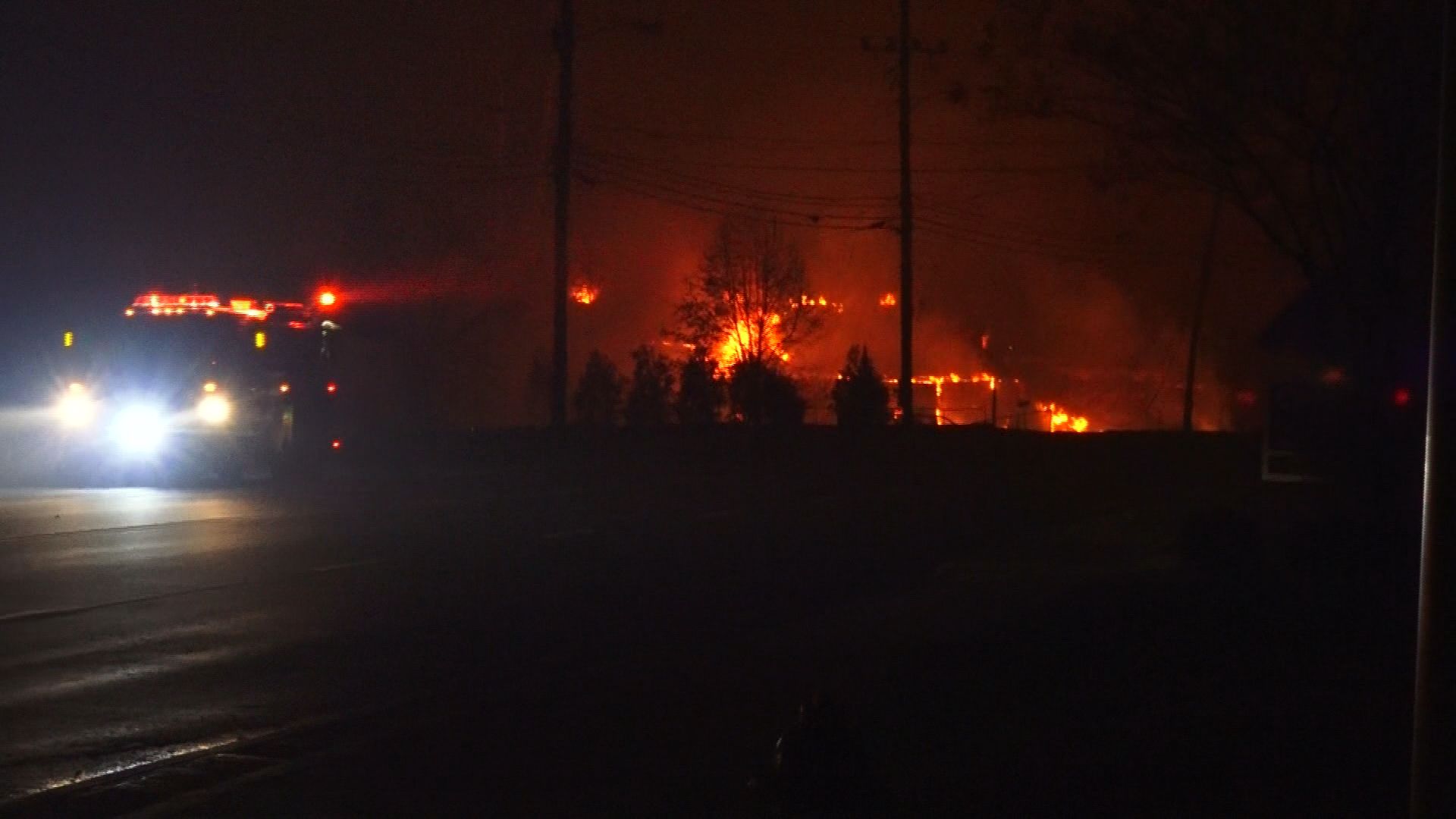
The park service earlier this year released a detailed look at how it responded to the fire, which started Nov. 23, 2016, as an arson at the top of the Chimney Tops Trail. Its spread was slow until early Nov. 28, 2016, when winds began to pick up.
Sevier County Mayor Larry Waters, in prepared remarks released with the report, gave credit to how everyone responded to the fires but said it's important to learn how to do better in the future.
"Their report will be studied to determine what happened correctly, and what can be improved upon in response to wildfires and other disasters," Gatlinburg City Manager Cindy Ogle said in prepared comments.
The governments note they've already adopted several changes such as adding better signage to help drivers, getting an enhanced "Emergency Notification System", putting in place a Firewise public education program and a "redundant citizen/visitor notification system." Other changes are in the works.

